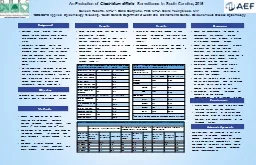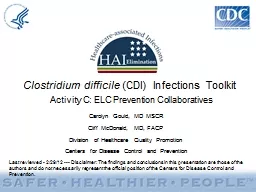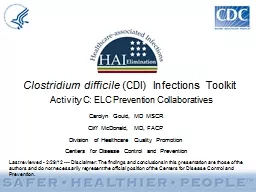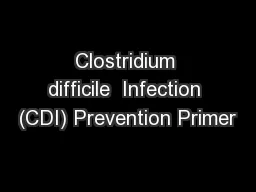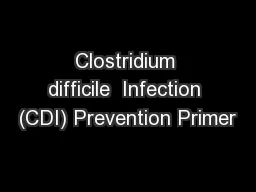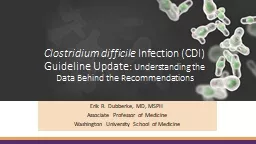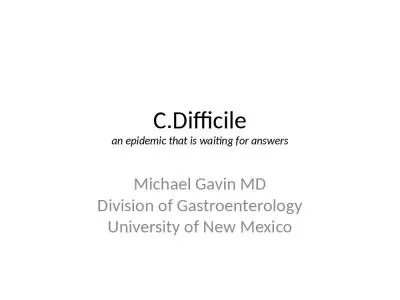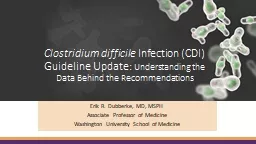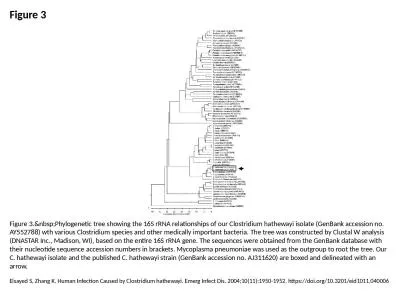PPT-100350736s Clostridium difficile
Author : medmacr | Published Date : 2020-06-22
infection CDI has become the most common cause of healthcare associated infections in the United States The Centers for Disease Control and Prevention CDC classified
Presentation Embed Code
Download Presentation
Download Presentation The PPT/PDF document "100350736s Clostridium difficile" is the property of its rightful owner. Permission is granted to download and print the materials on this website for personal, non-commercial use only, and to display it on your personal computer provided you do not modify the materials and that you retain all copyright notices contained in the materials. By downloading content from our website, you accept the terms of this agreement.
100350736s Clostridium difficile: Transcript
Download Rules Of Document
"100350736s Clostridium difficile"The content belongs to its owner. You may download and print it for personal use, without modification, and keep all copyright notices. By downloading, you agree to these terms.
Related Documents

